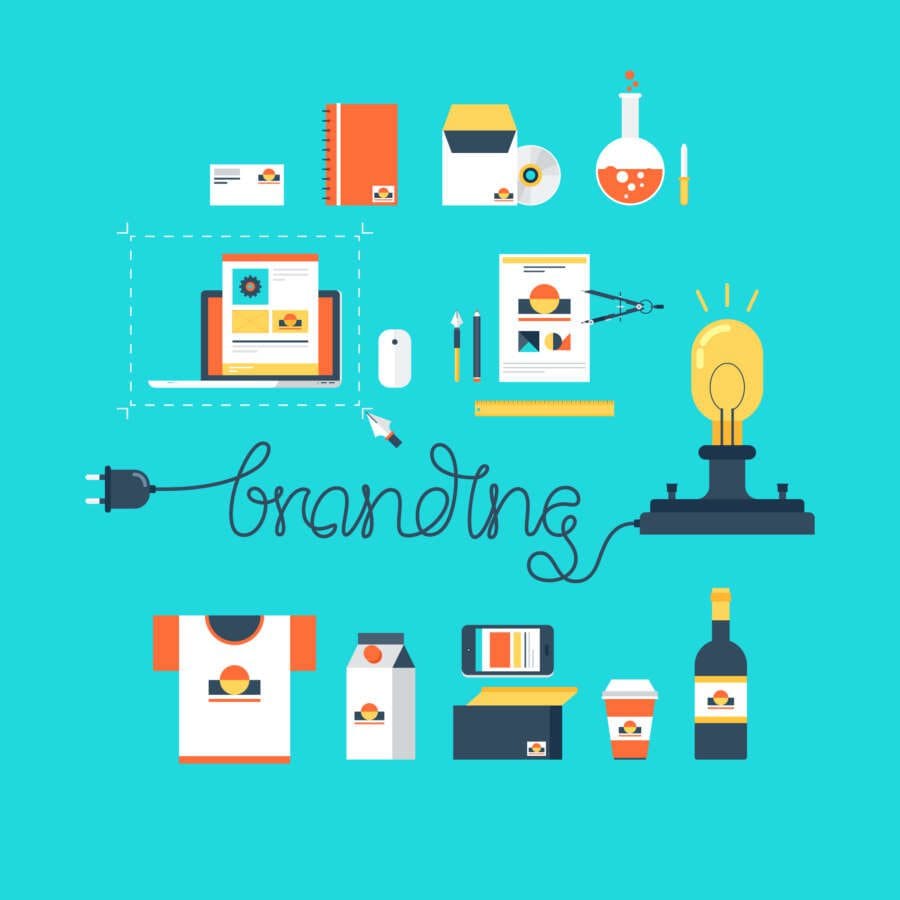
The Science of Semiotics in Branding

By Nicholas Grigoriou, Lecturer, Monash Business School
The primary role of branding is to transform generic-looking products into immediately recognisable offerings that are distinguishable from those of competitors. Branding, therefore, provides products with a sense of identity. Typically, identity development is achieved through packaging design, logo design, brand names, slogans, and colour schemes. Combined, these and other brand elements provide the brand with its meaning, linking the brand to consumers. Consider the brand Pierre Cardin, named after its founder Pietro Cardin, who changed the brand name to give the brand a French feel. Branding, therefore, provides the sphere for the production of meaning. Brands achieve this connection in that brands themselves are sensory signs that attract consumers’ attention.
Consumers, Signs, and Culture
The way consumers interact with signs creates shared meanings, which then leads to culture. Culture influences beliefs about a specific brand which creates brand buying behaviour. Culture enables us to understand the meaning of text and symbols. In essence, brand owners are marketing signs and their meanings.
A useful starting point to understand signs is that nothing is arbitrary. All signs convey meaning. Culture provides the context by which to interpret their meaning.
A Sign of the Times
Brand owners are intuitively aware of the significant role branding plays in marketing products. Few, if any, brand owners know how semiotics can assist in developing memorable and meaningful brands. In simple terms, semiotics is the scientific production and use of signs, and a sign is something that stands for something other than itself.
In branding, signs are not simply things consumers see, for example, a brand logo. Signs have a broader application in that they influence brand meaning through their cultural, personal, and emotional connections between consumers and brands. Signs provide evidence of brand loyalty, for example, avid supporters of sports teams tattooing the team’s logo on their bodies.
Semiotics and Signals
So, how do semiotics relate to brands? First let’s consider the fact that everyone is a semiotician since each of us is constantly interpreting the signs around us. Such interpretation can be visual or sonic. For example, the sight of the Ferrari vehicle brand instantly conjures images (signs) of wealth and social status. Similarly, the sound of an ambulance siren is a sign of emergency or distress. What does this have to do with branding? A lot depends on how signs are interpreted. An interpretation of a sign is dependent on the context or environment in which it occurs. For example, the universal STOP sign can have a literal meaning, that to stop or cease. The same sign can also mean danger ahead.
Semiotics and Brand Designs
How can product developers use semiotics in branding? Let’s start with a simple example. Logo design. The way a brand owner designs their brand’s logo, assists in creating the brand’s identity. There are several semiotic elements to consider in logo design. The first colour(s). Different colours convey different semiotic meanings. For example, blue conveys peace, calm, or tranquillity. Is it any wonder that most police forces use this colour? Further, the Ritz Carlton hotel brand uses blue to convey quiet, comfortable accommodation. Similarly, green conveys signs of growth, fertility, health, or success. The Animal Planet pay television brand, Intuit Quickbooks accounting software brand, Rolex, and British Petroleum (BP) use green to signal fertility, growth, success, and environmentally friendliness respectively.
Second, semiotic science influences a brand logo’s shape. Round shapes signal infinity, perfection (the perfect circle) and, in a more abstract sense, circles represent enlightenment. Noted brands with circular logo designs include Google, General Electric, and NASA. Perhaps the most notable logo design using a circle is the logo for the Olympic Games. Similarly, logos with straight lines suggest aggression and strength. Adidas is a notable example of such a logo. Finally, logos that use square shapes in their design suggest practicality and professionalism. Clothing brand Uniqlo and media broadcaster BBC are notable examples.
Operationalising Semiotics
To make semiotics effective for brand owners and new product developers, careful operationalisation of semiotics is necessary. Operationalising semiotics in branding occurs during the new product (brand) development process and starts with the value proposition associated with the brand. A useful mindset is for a brand owner to see the brand consciously, in the same way, consumers see the same brand subconsciously.
While there is no one way to operationalise a brand’s semiotic meaning, historically semiotics has assisted brand owners: rebrand their market offering, re-position a brand in a given market, re-define a brand’s values or brand perceptions, or develop a brand communication strategy that resonates with a pre-defined target audience. Any such operationalisation requires a basic appreciation of the science of branding.


